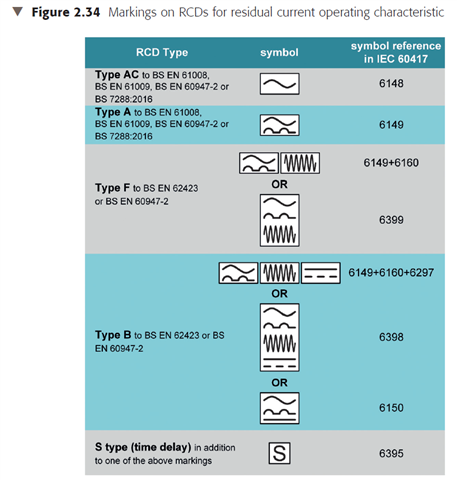I’ll paraphrase Regulation 722.531.3.101, “each charging point shall be protected individually by an RCD”. With that in mind a dual RCD board where both RCDs protect multiple circuits will not be suitable as the requirement is for the charge point to be individually protected. The reason I open this up to discussion is because so many installers seem completely unaware of the wording of 722.531.3.101 as about 50% of the installations I see the charger is protected by an RCD protecting multiple circuits, in particular new builds were the provision for electric vehicle charging has been made during development. I also often give quotations to prospective clients where they’ve already had at least one quotation where the previous installer has said “great you’ve got a spare way in your dual RCD board, so we can use that” and I’m thinking “erm no you can’t”


